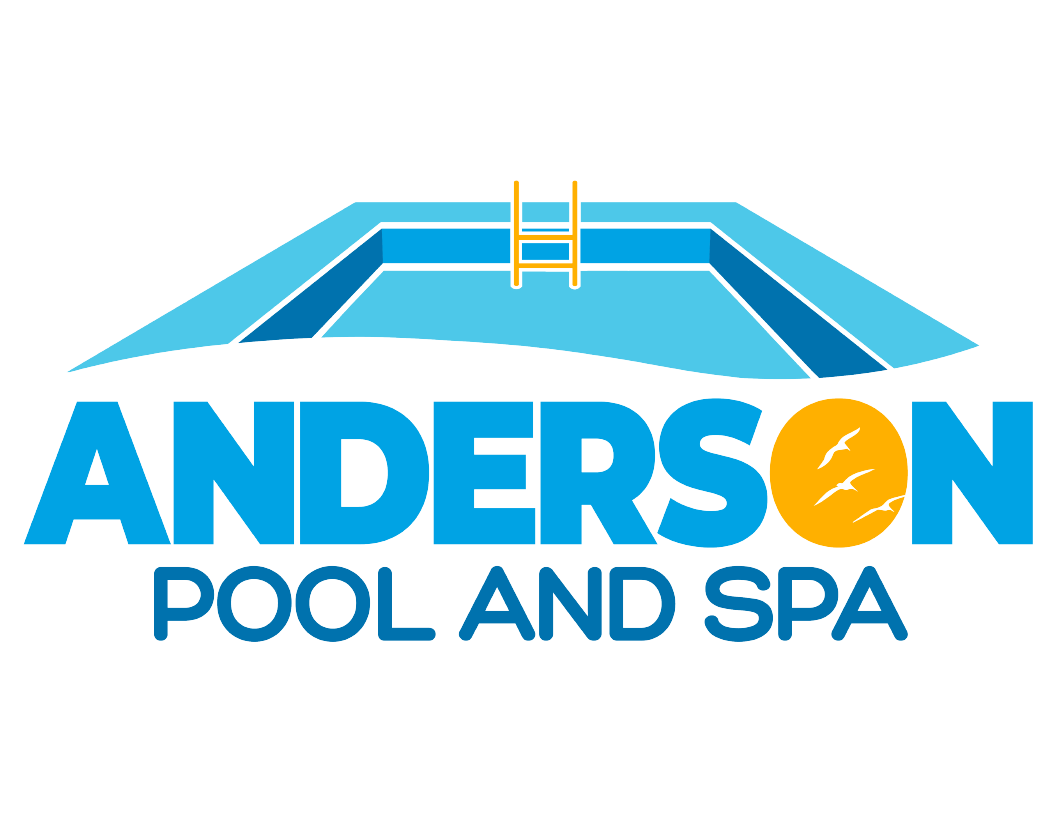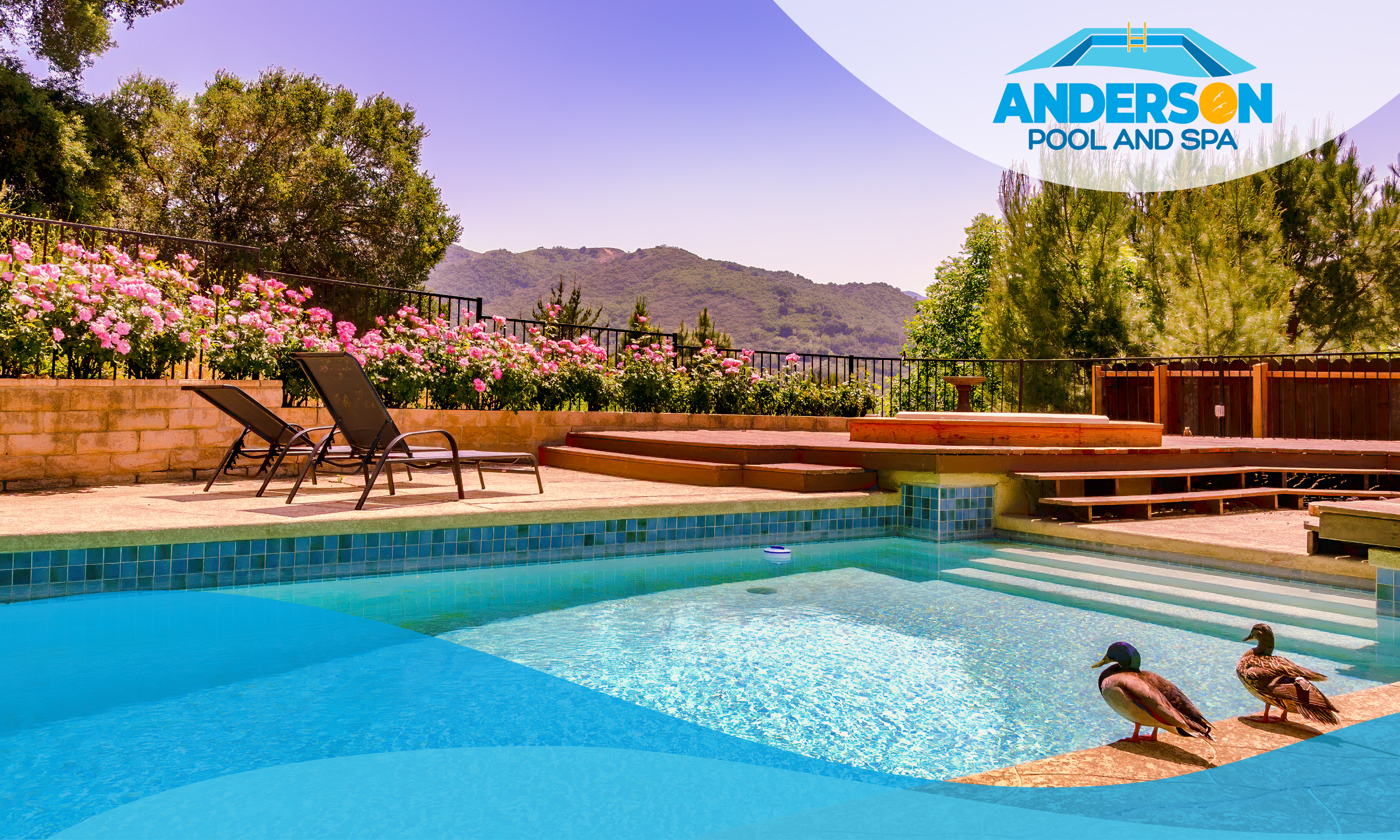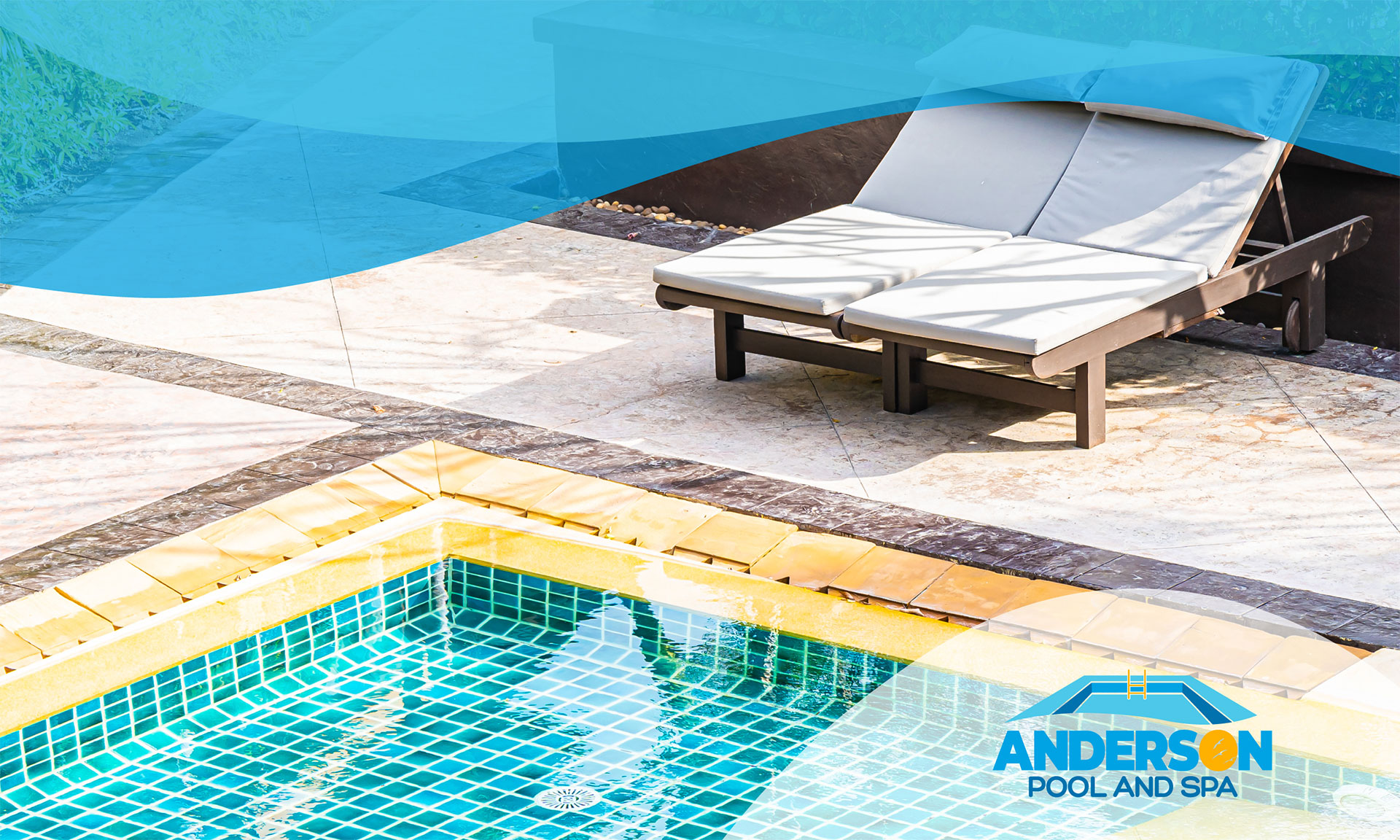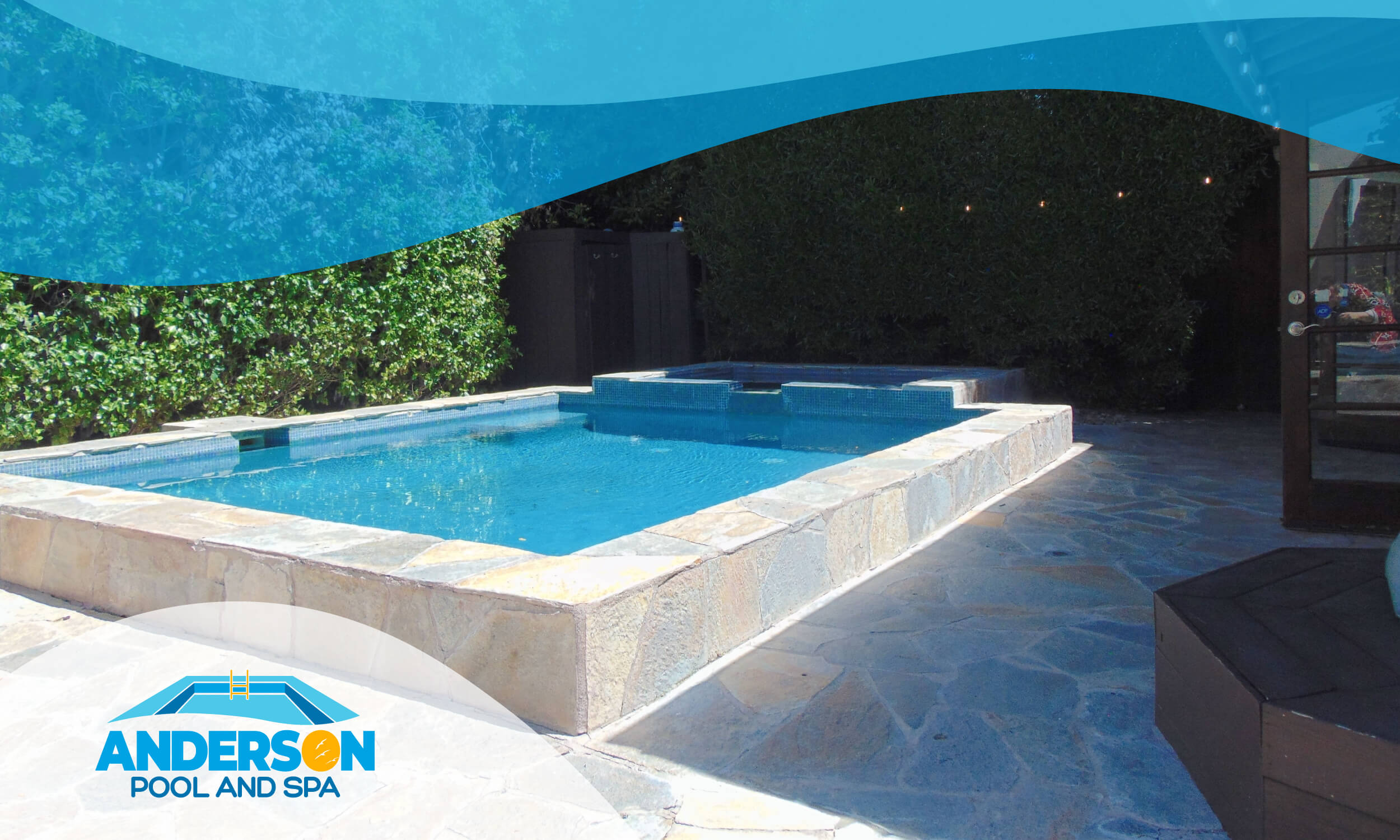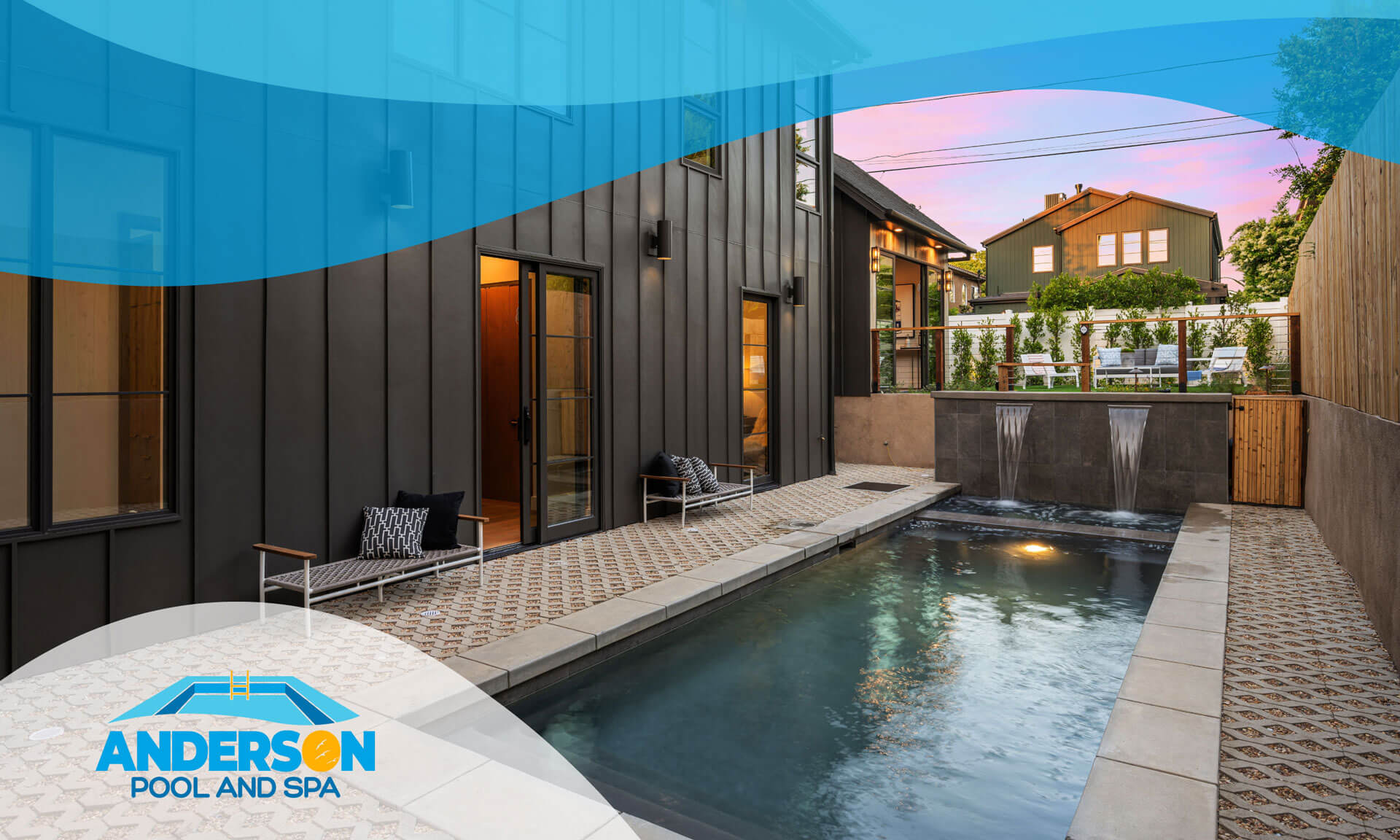It’s a hot summer day in Southern California. The sun’s blazing, the kids want to swim, and you glance out at your pool… then at the news about water restrictions. You might find yourself wondering: is it really okay to have a pool right now?
It’s a fair question. With water conservation becoming a bigger priority each year, many homeowners feel torn between enjoying their backyard and doing what’s right for the environment.
Here’s the thing: owning a pool during a drought isn’t irresponsible as long as you manage it. With the right equipment, smart habits, and a few thoughtful upgrades, your pool can actually use less water than a lawn of the same size. Really.
Let’s take a closer look.
Myth vs. Reality: Are Pools Wasteful During a Drought?
There’s a common perception that pools are water hogs. But if you compare them to grass lawns, the numbers tell a different story. Turf—especially in Southern California’s dry climate—requires frequent watering to stay green. A modest backyard lawn can easily outpace a well-maintained pool in annual water use.
Of course, not every pool is created equal. An uncovered pool that hasn’t been checked for leaks, or one running on outdated equipment, can waste thousands of gallons a year. But that’s fixable. Most water waste comes from small things that are easy to correct once you know what to look for.
Smart Water-Saving Pool Practices
Good water management starts with the basics. These daily and seasonal habits go a long way in reducing unnecessary water loss and improving overall pool performance.
- Use a Pool Cover (Solar or Safety)
- Evaporation is the largest source of water loss in a pool. In dry climates like Southern California’s, a pool can lose an inch or more of water each week during summer.
- A properly fitted cover—whether solar or safety—can reduce evaporation by up to 90%. That’s not just water saved; it also means reduced chemical loss and lower energy bills due to better heat retention.
- Maintain Proper Water Levels
- Overfilling might seem harmless, but more water means more splash-out. And during pool parties or rowdy swim days, that adds up fast. Keep your water line just under the skimmer opening, and after heavy use or a storm, take a quick look to see if an adjustment is needed.
- Regular Maintenance & Leak Checks
- Small leaks often go unnoticed, but even a minor drip from a pipe or cracked fitting can add up to thousands of gallons lost over the course of a year. Take a few minutes each season to inspect your pump, plumbing, and seals. You might be surprised how often small issues pop up. Staying ahead of repairs protects both your water bill and your equipment.
- Upgrade to Efficient Equipment
- If your pool pump runs on a single speed, it may be time for an upgrade. Variable-speed pumps are far more efficient, operating at lower speeds for longer durations. This reduces water agitation and evaporation while saving electricity.
- Cartridge filters are another smart choice; they require significantly less water to clean than traditional sand or DE filters, and they often filter more finely, which helps maintain better water clarity.
- Limit Backwashing
- Backwashing is necessary from time to time, but overdoing it wastes water. Many pool owners backwash out of habit rather than need. If you use a sand or DE filter, consider installing a backwash recovery system to recycle water where possible. You may even want to switch to a cartridge filter system, which doesn’t require backwashing at all.
- Landscaping Around Your Pool
- The area around your pool can have a surprising impact on water efficiency. Grass lawns, high-water plants, and poorly placed sprinklers often lead to unnecessary runoff straight into the pool.
- Swap out thirsty turf for native California plants or low-water landscaping. Use mulch to hold moisture in the soil, and consider hardscaping elements like gravel or stone to help reduce water usage and give your yard a clean, finished look. Not only does it save water—it makes your pool area easier to maintain and more comfortable to use.
Design & Remodel Tips for Water Efficiency
If you’re planning a new pool or remodeling an existing one, design choices can make a big difference.
Shallower pools, Baja shelves, or tanning ledges require less water than deeper designs and offer more usable space for lounging. Lighter-colored finishes reflect heat, keeping the pool cooler and slowing evaporation. And filtration systems like saltwater or UV reduce the need for harsh chemicals, which can mean fewer drains and refills over time.
Today’s automation systems can also help by tracking water levels and usage, giving you a heads-up if something needs attention. Small changes now can prevent big problems later.
Responsible Pool Ownership in a Dry Climate
So, is it possible to enjoy a pool and conserve water? Absolutely. With a few practical adjustments, your pool can be a source of relaxation, not stress—even during a drought. After all, a well-designed pool isn’t just water-wise—it’s where your family cools off, your neighbors gather, and your weekends come to life.
At Anderson Pool & Spa, we’ve helped families across Southern California design, remodel, and maintain pools that balance comfort with responsibility. Whether you’re considering a remodel, exploring upgrades, or building something brand new, we can help you create a backyard that’s both beautiful and water-wise.
Ready to design a pool that’s drought-conscious and built to last? Let’s talk about how we can design a pool that fits your lifestyle and respects California’s climate.
